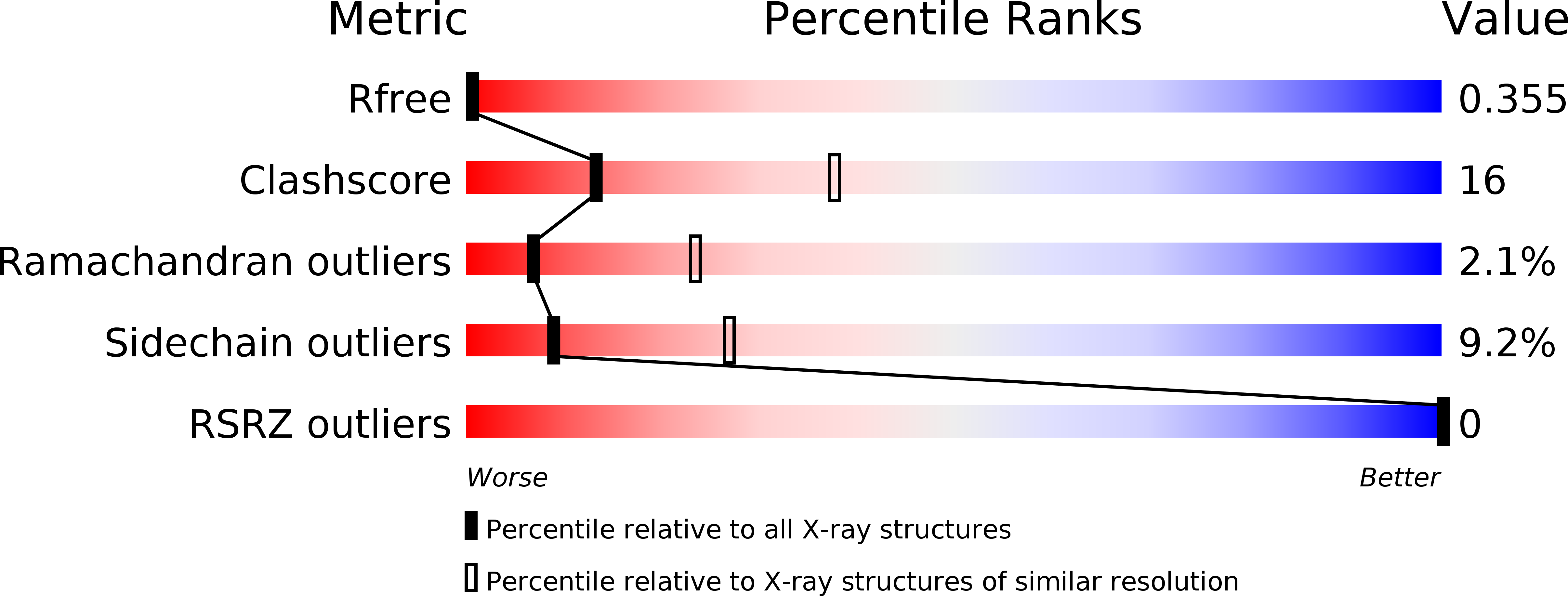
Deposition Date
2008-03-09
Release Date
2008-08-12
Last Version Date
2024-02-21
Entry Detail
PDB ID:
3CHG
Keywords:
Title:
The compatible solute-binding protein OpuAC from Bacillus subtilis in complex with DMSA
Biological Source:
Source Organism:
Bacillus subtilis (Taxon ID: 1423)
Host Organism:
Method Details:
Experimental Method:
Resolution:
2.80 Å
R-Value Free:
0.35
R-Value Work:
0.28
R-Value Observed:
0.28
Space Group:
P 1 21 1


